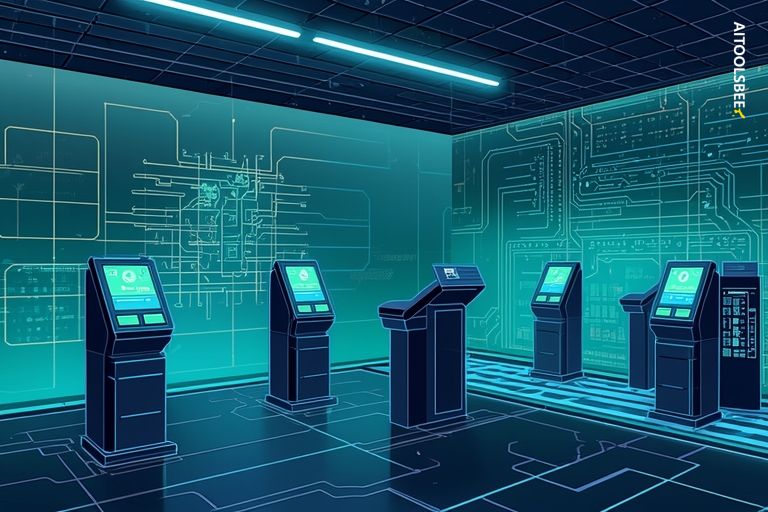
Self-Checkout Kiosks Transform Retail Operations
In the swiftly changing retail sector, self-checkout kiosks are revolutionizing customer shopping experiences and business operations. These automated systems are redefining expectations for convenience and efficiency, allowing customers to independently scan, bag, and pay for items without cashier assistance.
The transition to automated checkout is strategic for retailers, serving as a solution to labor shortages, enhancing operational efficiency, and improving customer satisfaction. Offering a faster shopping experience and new possibilities for store layout and management, self-checkout kiosks are essential for competitive retail operations.
These innovations are timely as consumer demand for contactless, low-touch experiences has surged, partly due to health and safety concerns during the COVID-19 pandemic. Market research indicates that retailers investing in self-checkout technology can improve customer throughput, reduce employee overhead, and create a modern, appealing store environment.
Retailers implementing self-checkout kiosks observe immediate operational benefits, notably reduced labor costs as fewer cashier staff are needed per shift. Employees can focus on customer engagement, restocking, and other value-added activities, while the checkout process becomes largely self-service.
Consumer satisfaction with self-checkout technology is evident. Shorter lines and a faster checkout process are top reasons shoppers choose these systems. According to a 2021 survey cited by Forbes, over 60% of shoppers now prefer automated checkout, describing it as more efficient and private than interacting with a cashier.
Self-checkout kiosks also help retailers improve store traffic flow and layout possibilities. Kiosks are less bulky than traditional checkout lanes, allowing stores to optimize space for more merchandise or promotional displays, reinforcing the business case for self-checkout adoption.

